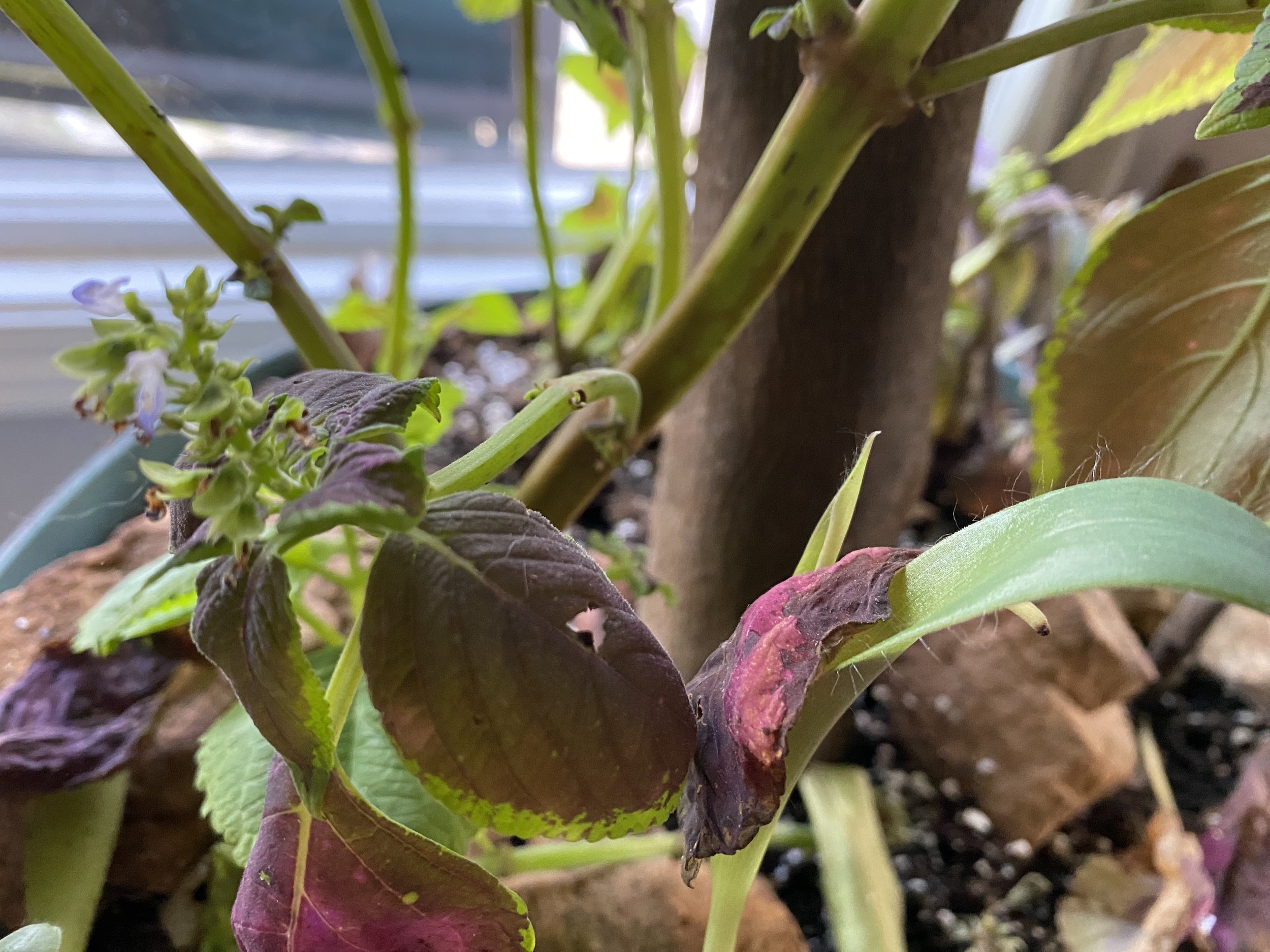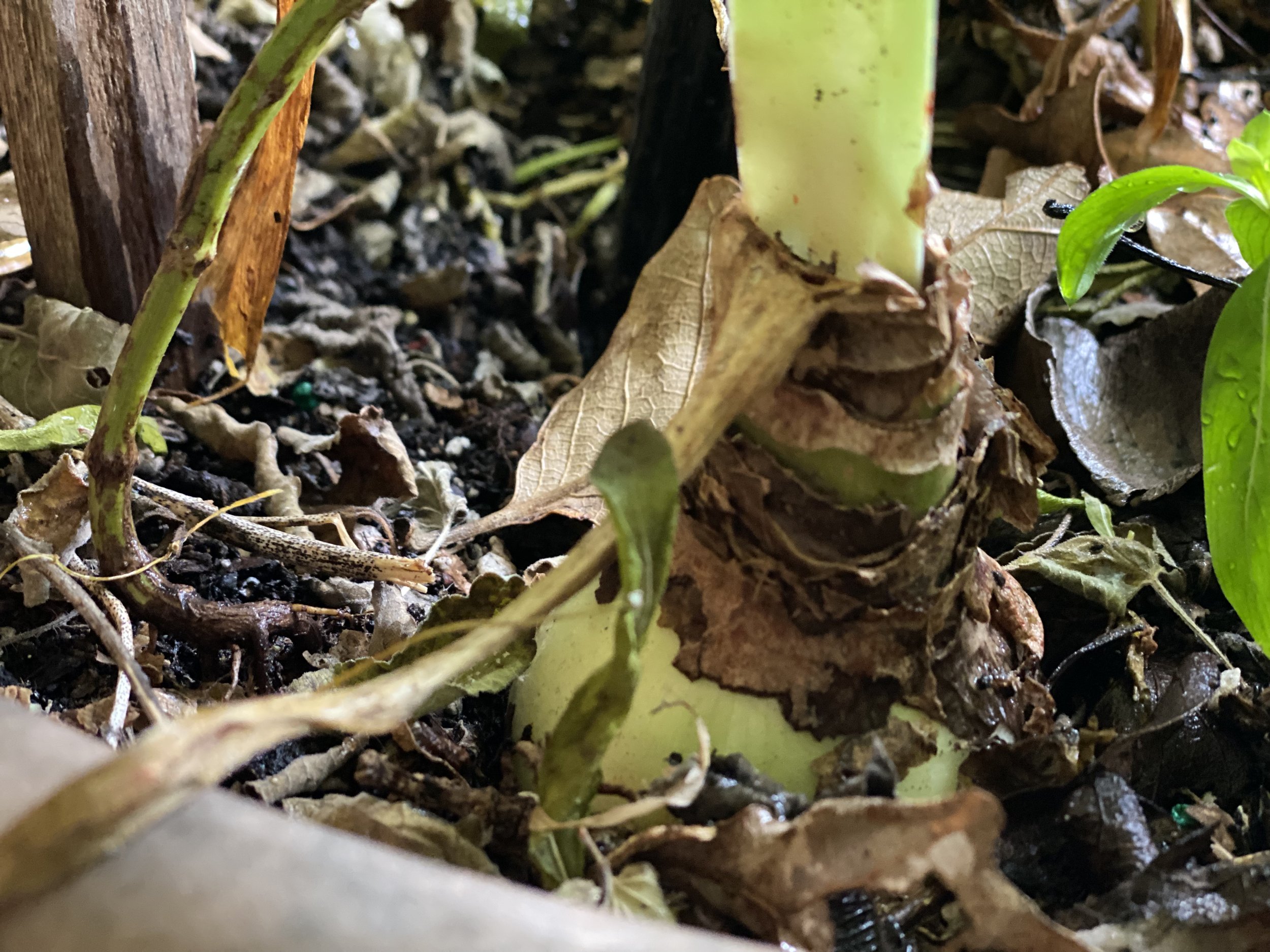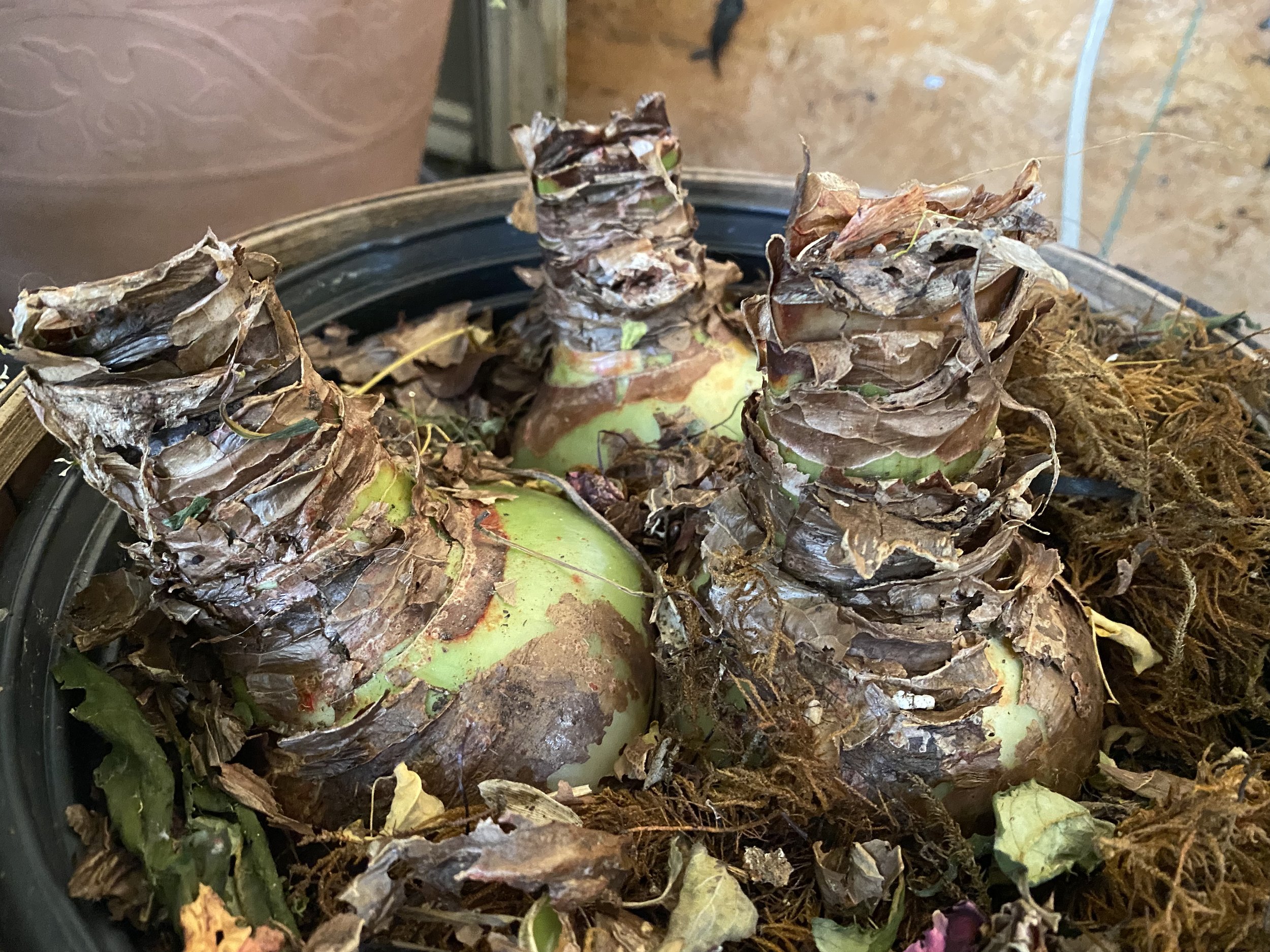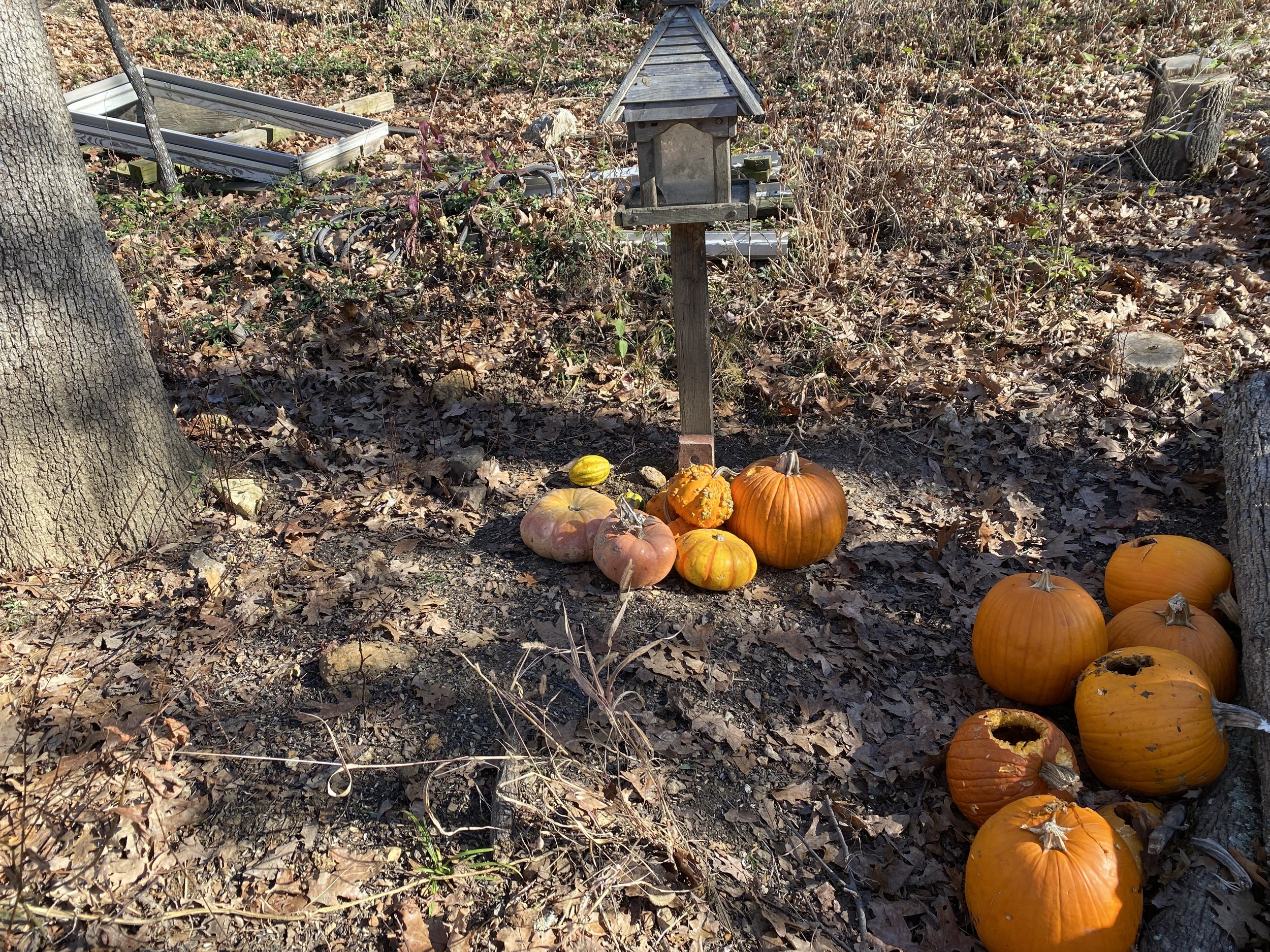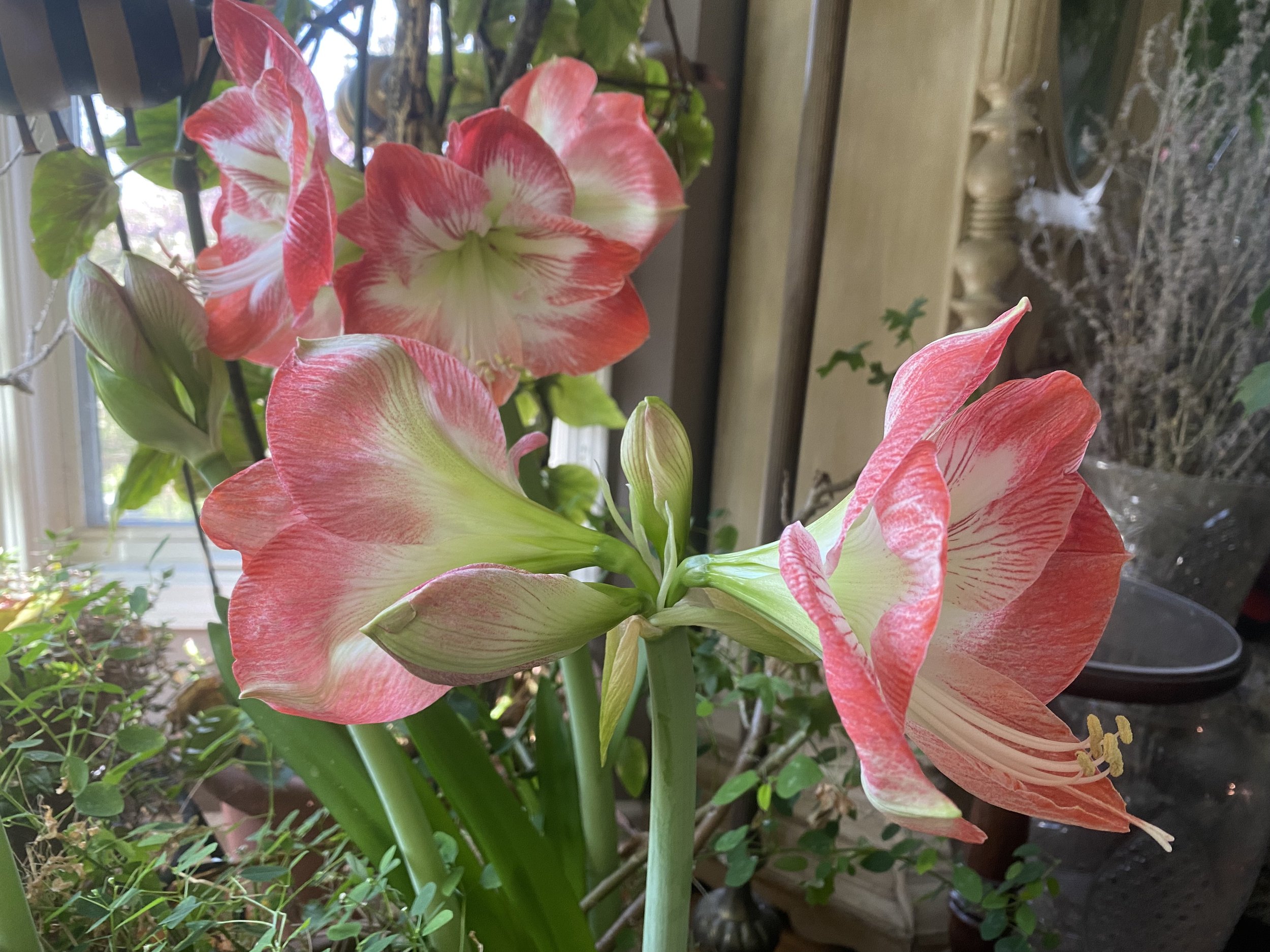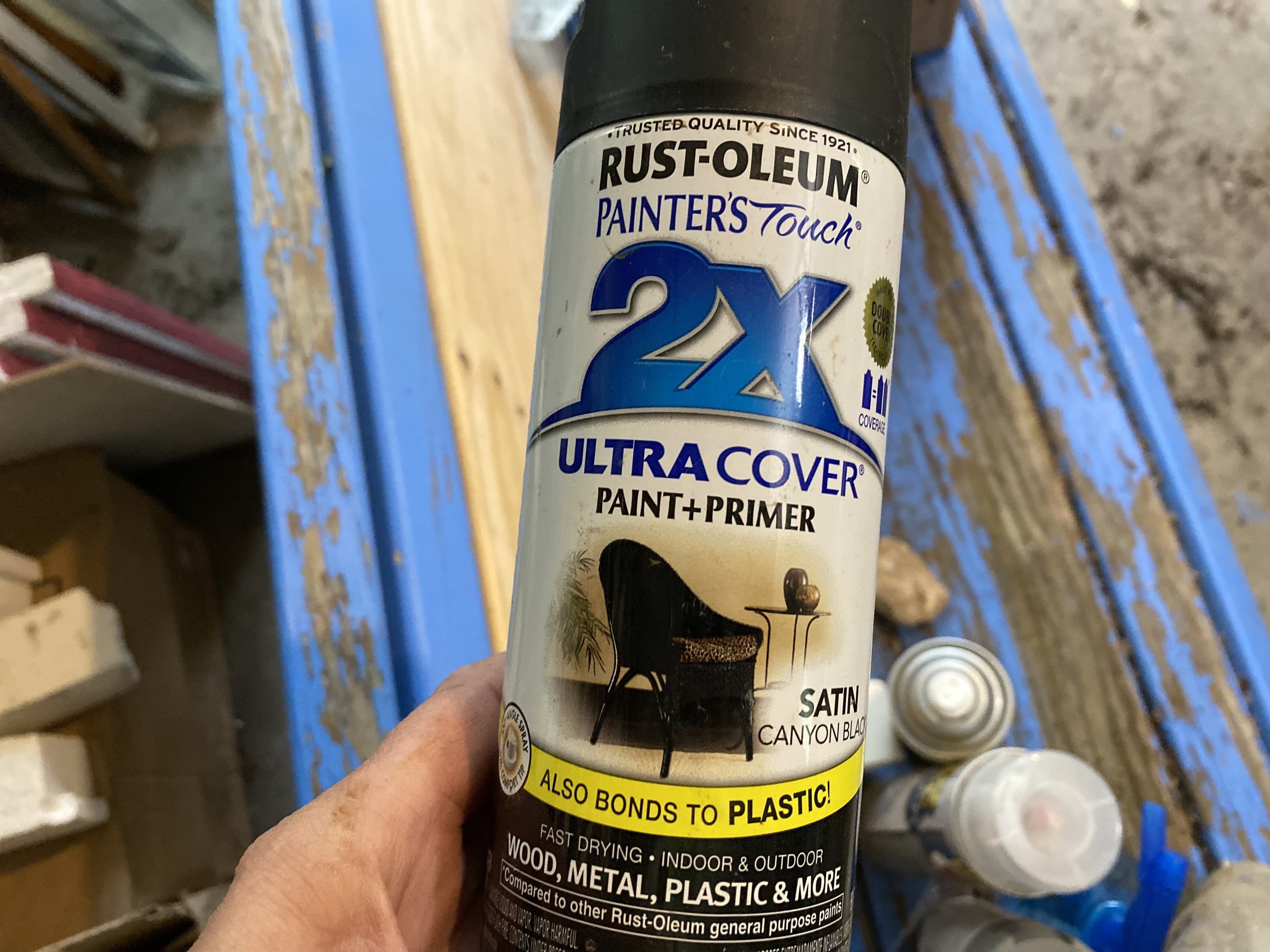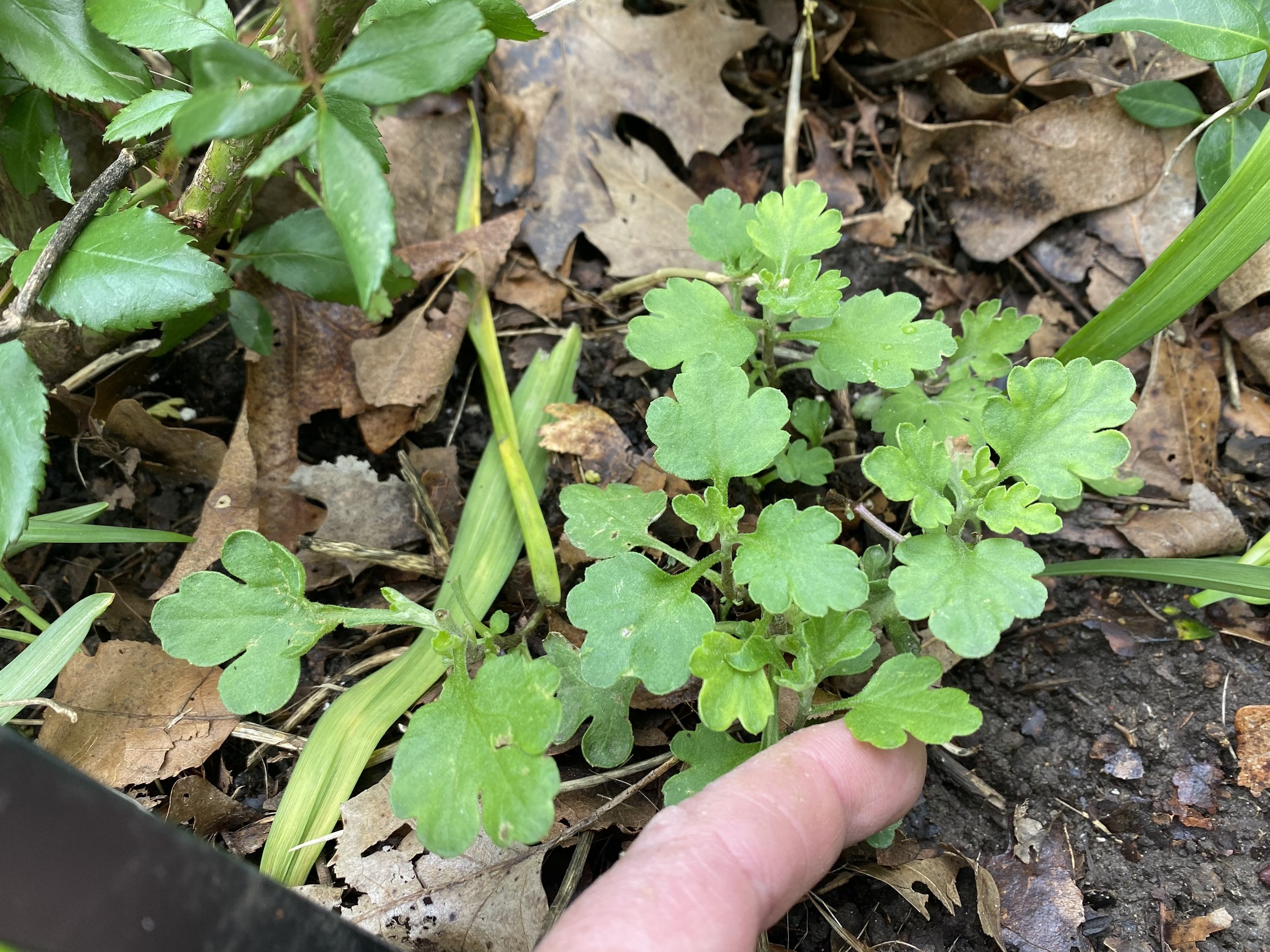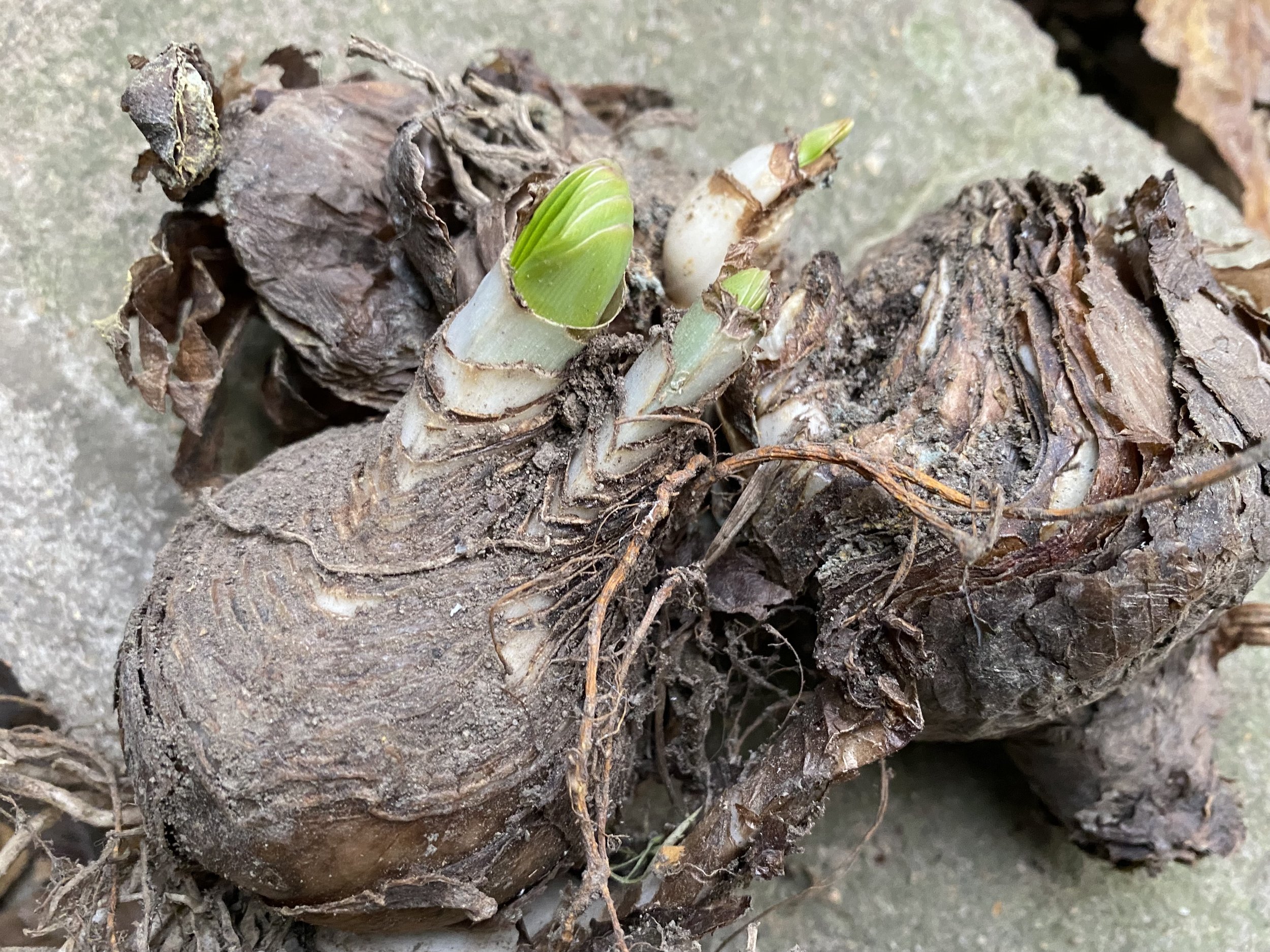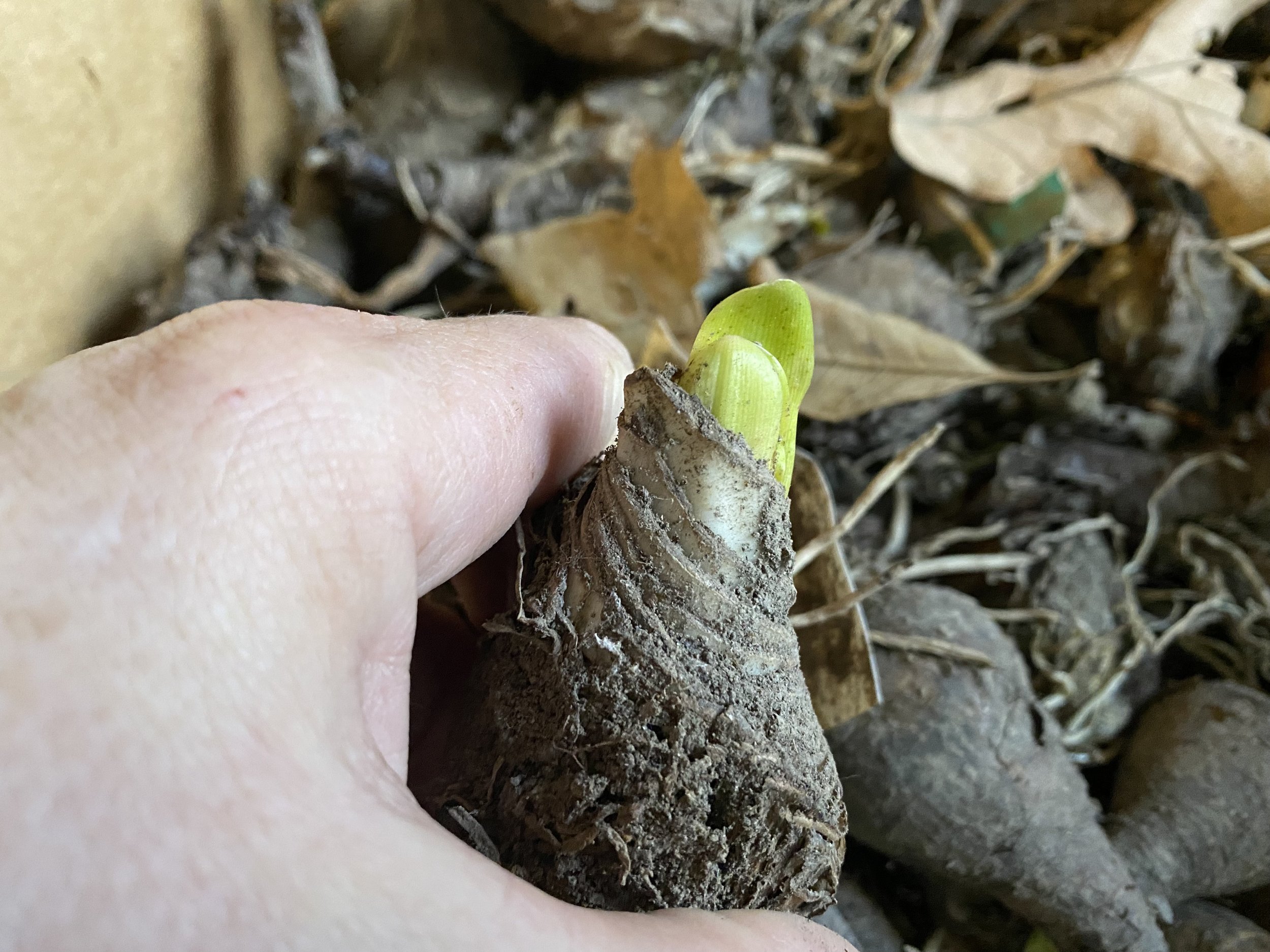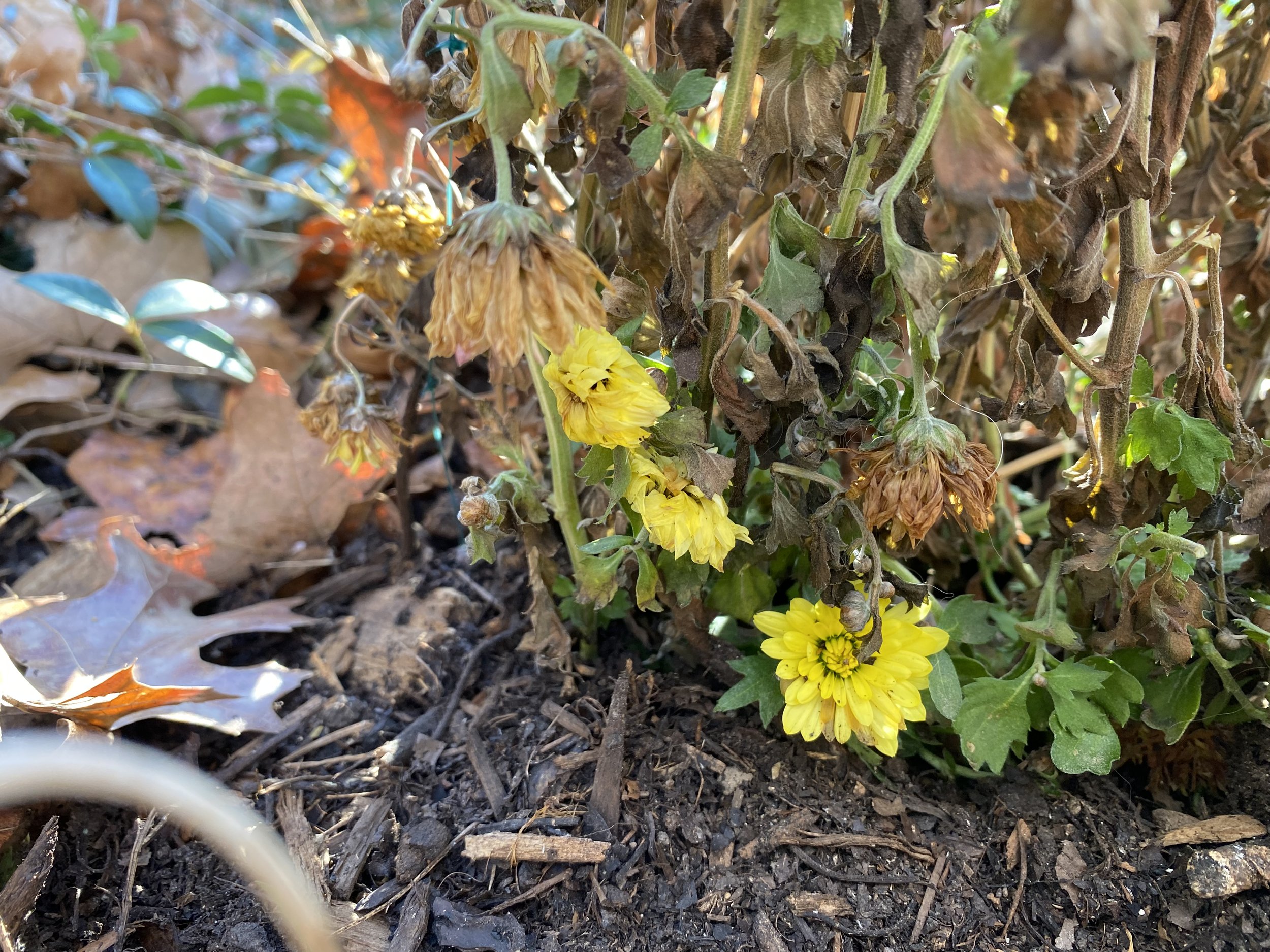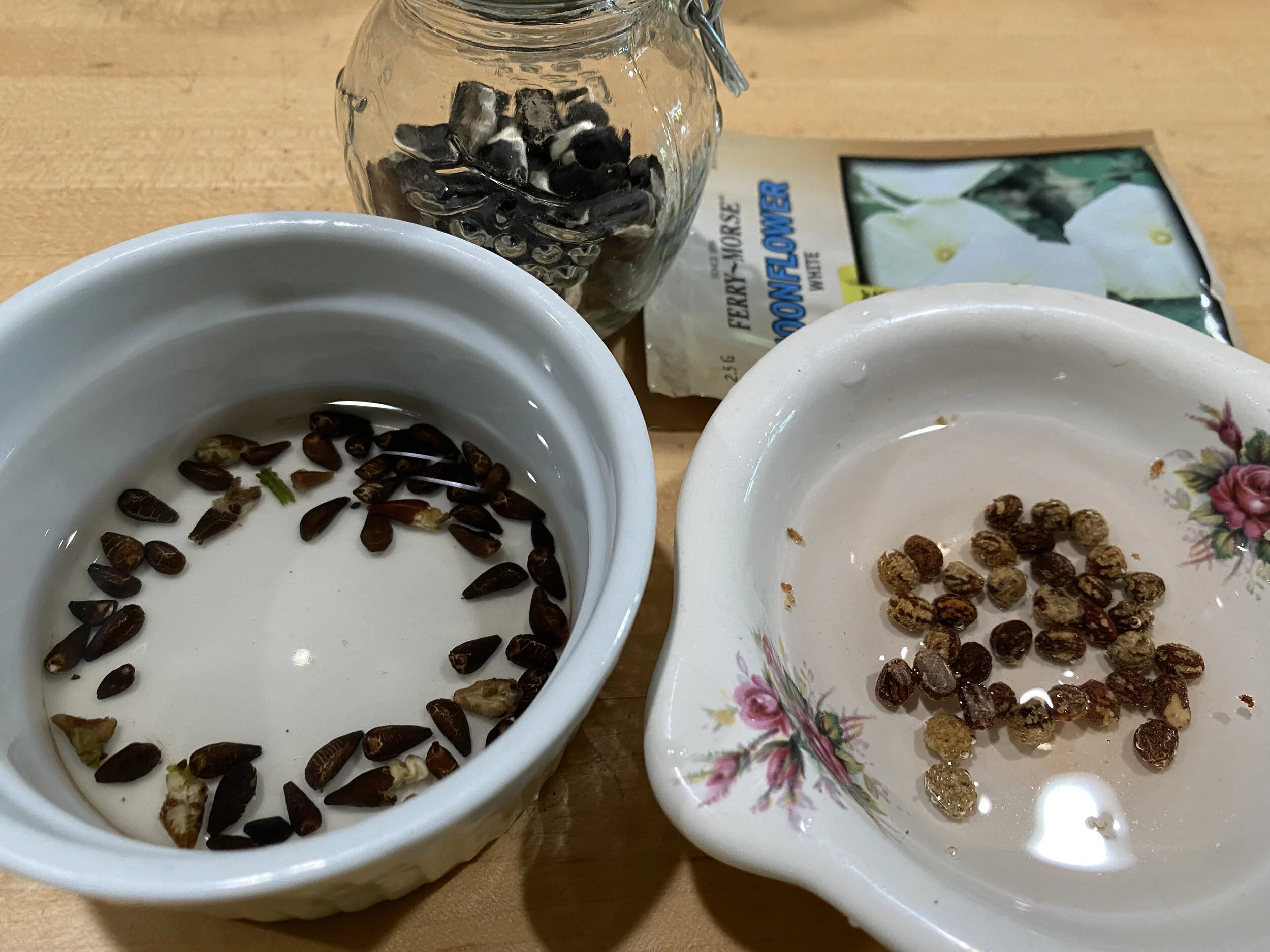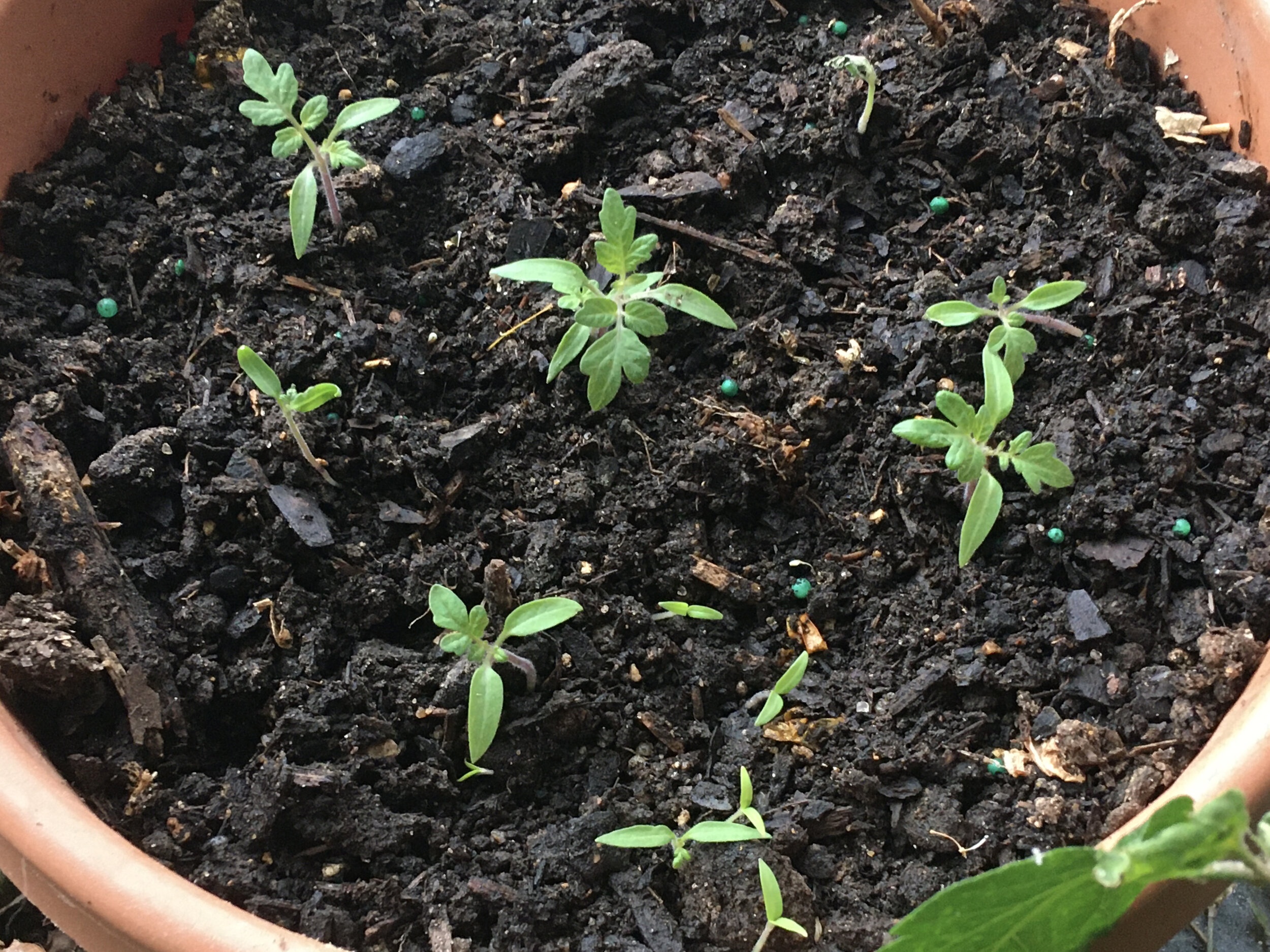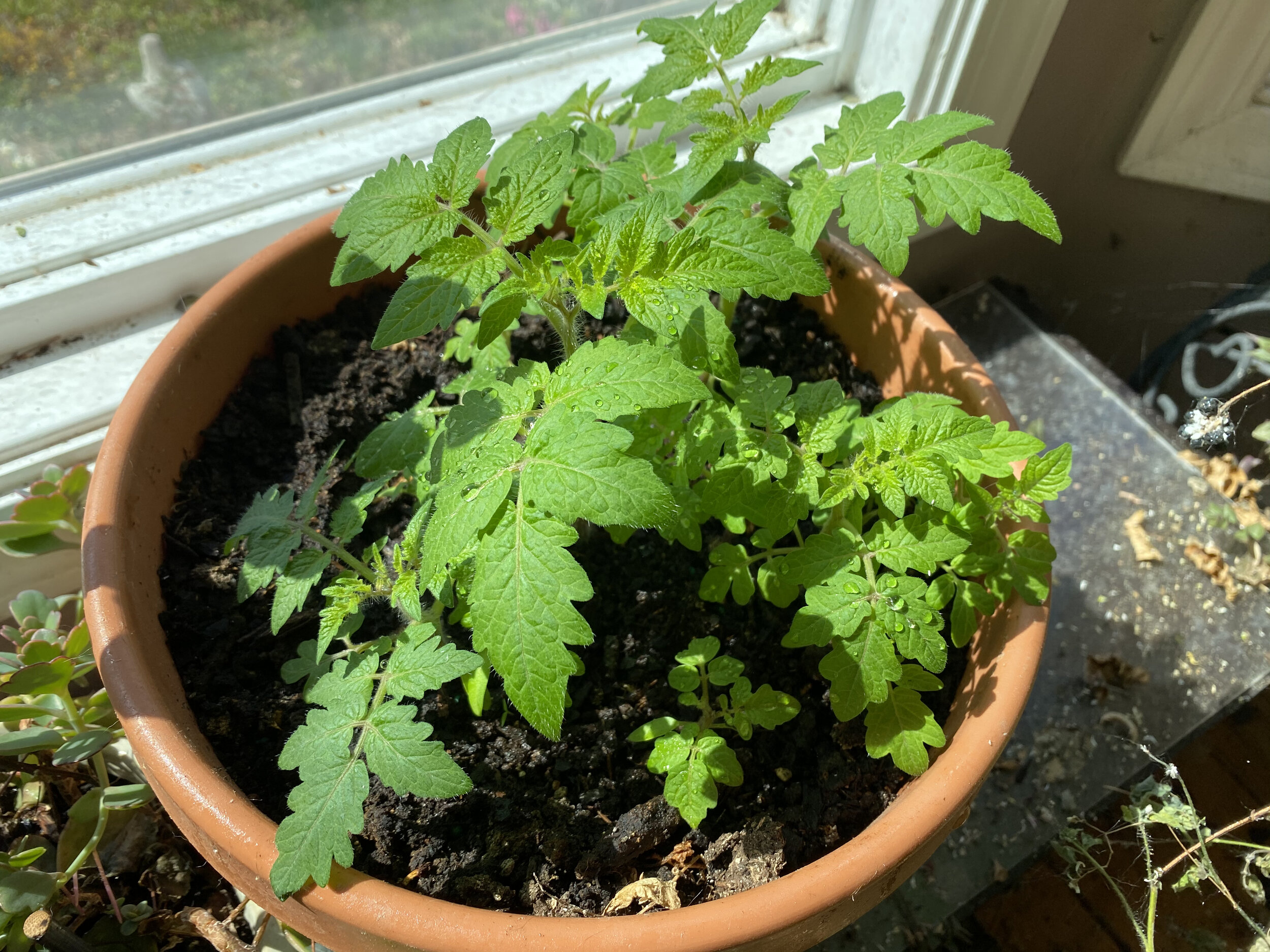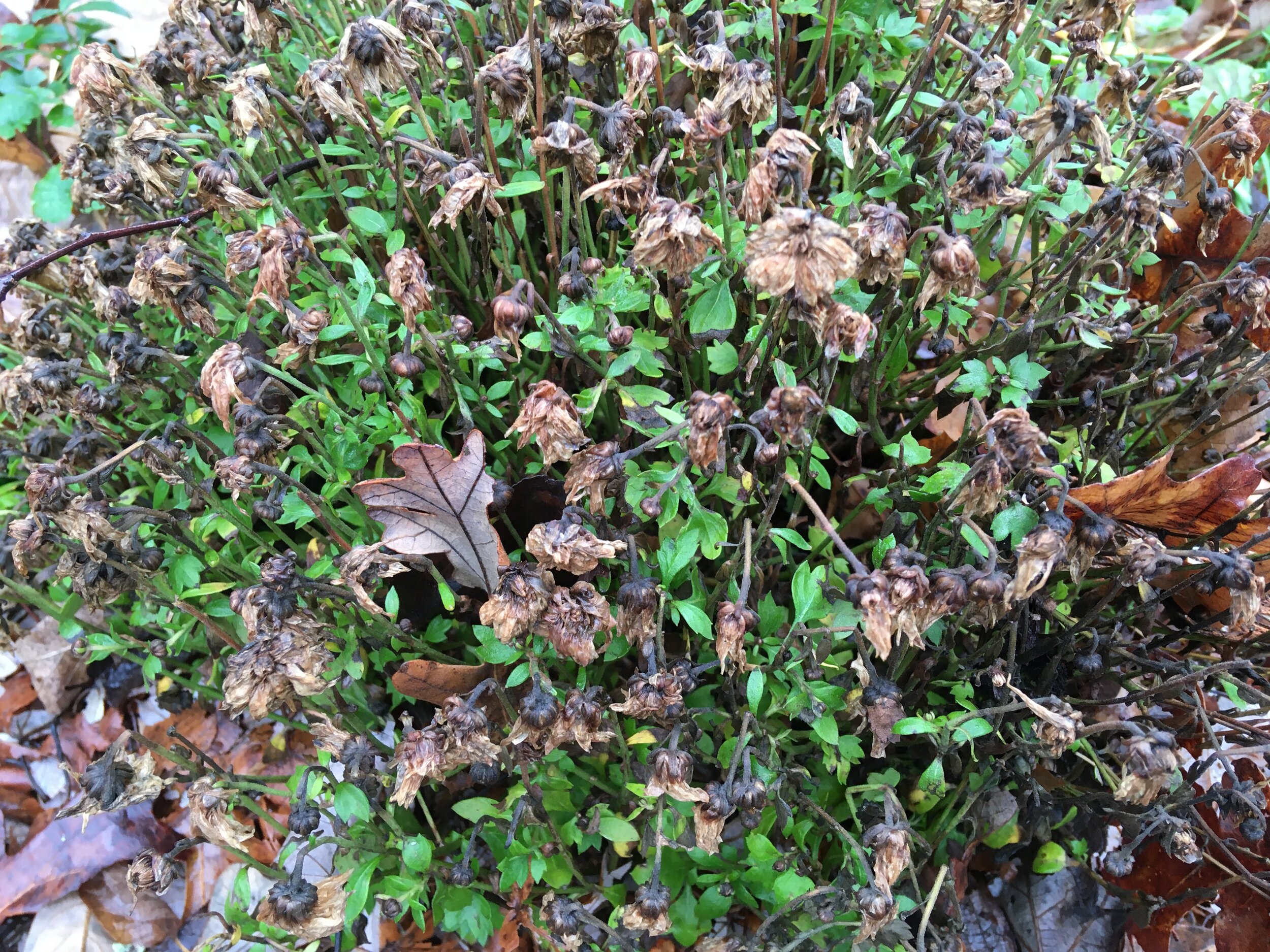Do Coleus Die After Blooming
/coleus wintering over inside my house and getting ready to bloom again. (charlotte ekker wiggins photo)
“Charlotte hi, I saw you post about blooming coleus earlier. I was told to pinch coleus and not let them bloom. Is that true?” — Celeste
Do Coleus Die After Blooming
Hi Celeste,
As with most things plant-related, much of the advice we’ve heard has to do with making plants support our expectations.
Coleus are tropical Asian plants, a member of the mint family. To beekeepers, that means blooming coleus are a source of bee food since bees collect nectar and pollen from mint family plants.
Since coleus are grown for their leaf colors, gardeners are advised to pinch the buds off to keep the plants bushy and focus energy in leaf production.
However, I have coleus that are now 4 years old that I’ve wintered over inside after allowing them to bloom earlier. I didn’t let them go to seed. I removed the flower heads and pinched them back to keep them growing.
For more gardening, beekeeping, cooking and easy home decor tips, subscribe to Garden Notes.

